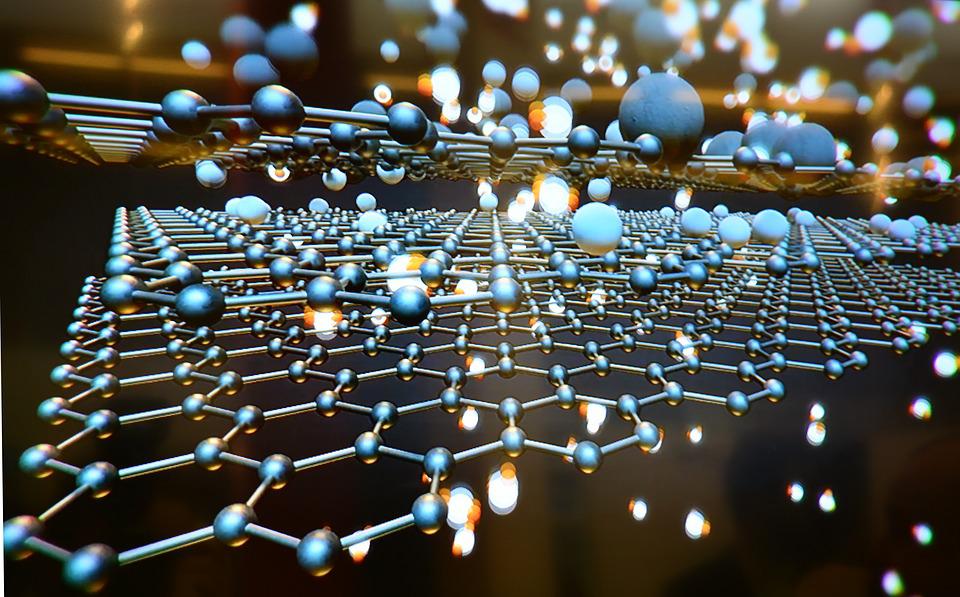Sure, Graphene’s Strong, But Carbyne’s Stronger

What’s the Latest Development?
A team of Rice University researchers has published a paper in ACS Nano that takes a more comprehensive look at carbyne, a material that consists of “a chain of carbon atoms held together by either double or alternating single and triple atomic bonds.” Using computer models, they determined that the tensile strength of carbyne is twice that of graphene, and its tensile stiffness is three times that of diamond. In addition, the material is stable at room temperature, and could be made suitable for energy storage or in sensors or other nanomechanical systems.
What’s the Big Idea?
First theorized in the 19th century, carbyne has been seen in interstellar dust and compressed graphite, and created in the lab in very small quantities. Compared to graphene, it’s a true one-dimensional material — “an ultimately thin graphene ribbon, reduced to just one atom, or an ultimately thin nanotube,” says Rice theoretical physicist Boris Yakobson — and could represent the highest known energy configuration for carbon in a stable state. The challenge separating theory from the real world: Making enough carbyne “nanorods or nanoropes” to put them to good use.
Photo Credit: Shutterstock.com





